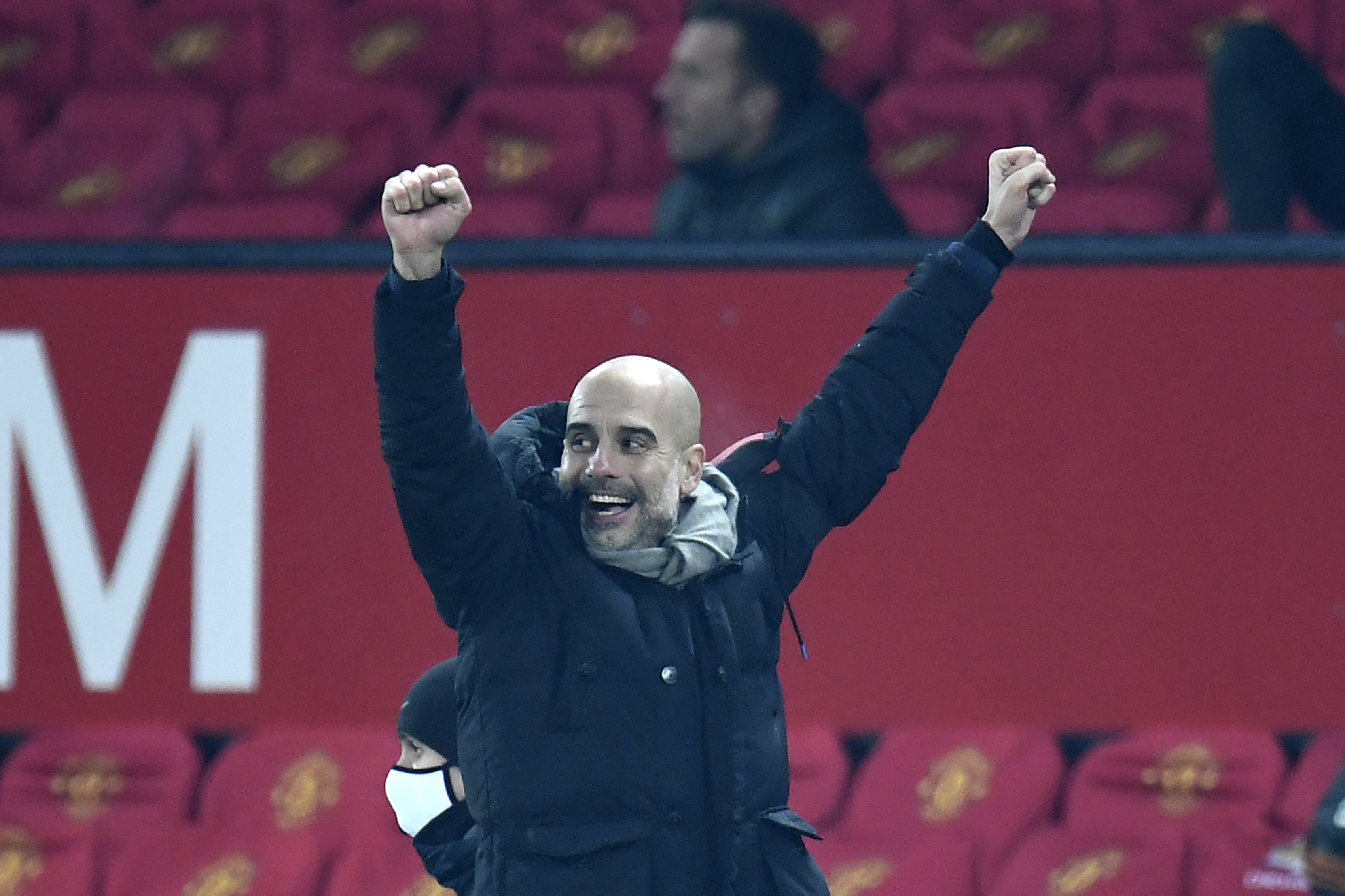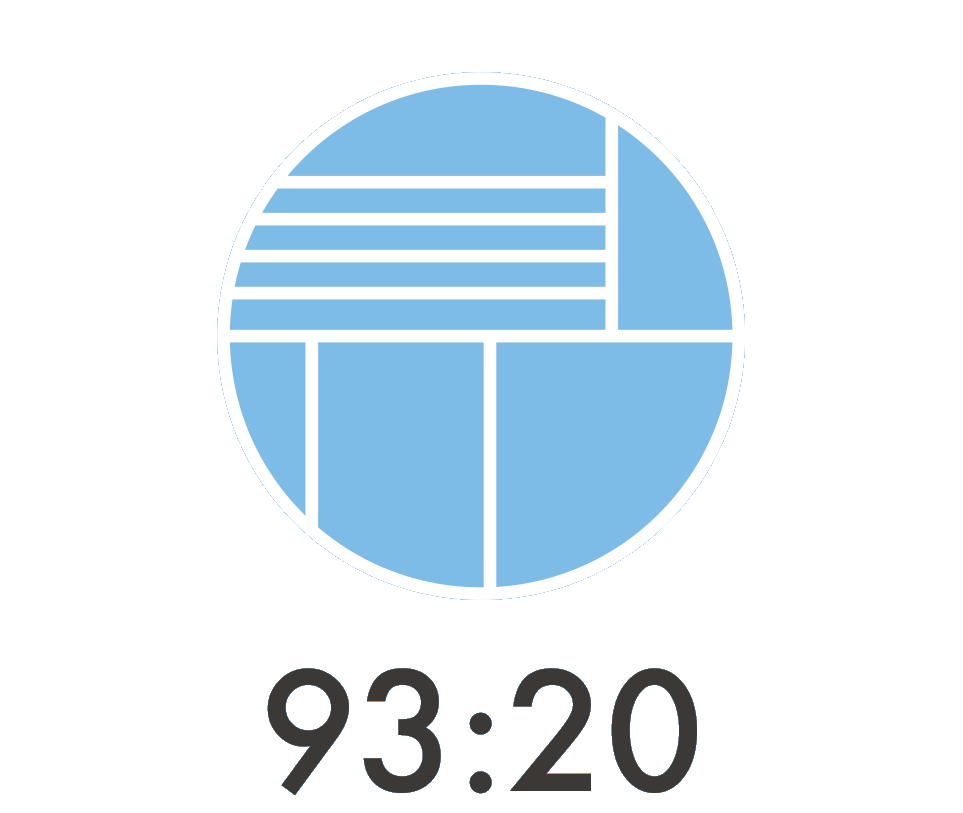Are Pep Guardiola's Recent Tactical Tweaks A Concern?
By Dan Larsen | 12 March 2021Wednesday evening saw Manchester City return to their winning ways. The team put in one of their more clinical attacking performances of the season, scoring five goals against a battered Southampton defense. It was a reminder of the heights that the City team can hit when they’re playing at a very high level in attack.
The match, however, was also a chaotic one. Like the derby over the weekend. City struggled to get out of the gates in the first 15 minutes of the game before snagging the first goal. They were then hard done by two atrocious refereeing decisions after taking the lead. Aymeric Laporte would be called for a pulling foul on an obvious flop by Jannick Vestergaard, leading to a penalty which Southampton converted. Minutes later, Phil Foden would be taken out by goalkeeper Alex McCarthy. This time, no penalty was given despite obvious video evidence to the contrary showing McCarthy clipping Foden without winning the ball. Even accounting for these bad decisions, City did show vulnerability in their defense once again, committing several turnovers in dangerous positions that led to good chances for the Saints.
The uneven nature of their performance mid-week was not the first time that this happened over the past two weeks. City had similar spells of uneven play in their loss to United, as well as in their game against West Ham the week before. What is contributing to this slip up in play? Has City’s level simply dropped? Or has something changed in the way in which they are approaching games?
The answer to these questions is mixed, but the most glaring contributor to their inconsistencies in these three specific games can be attributed to the tactical tweaks that Pep Guardiola has made in them. Rather than sticking to the system that had guided them for most of their record winning run, Guardiola has reverted back to a similar system to the one with which the team struggled to play with earlier in the season. Three specific instructions, in particular, stand out.
First, the team has pressed with more of a front three in recent games rather than sticking with a front two when they’re out of possession. Whenever the team has attempted this against a team which plays with a back four, City’s initial press has often gotten bypassed early in the build-up play. Teams have then been able to exploit the gap left by both wingers pushing higher up the pitch by having their fullbacks move into the gaps along the touchline that one of the wingers would ordinarily be defending if City were playing with a 4-4-2. This change has created numerical advantages in attack when they beat the initial press. It’s what allowed Trent Alexander-Arnold to get into space consistently in the first half of their game at Anfield down the City left. It’s also what enabled both Southampton and Manchester United to effectively execute counters over City’s past two games.
A second noticeable change that Guardiola has made is in how the team is set-up when they’re attacking. Rather than having one of the fullbacks (usually Zinchenko or Cancelo) playing as the second holding midfielder along Rodri or Fernandinho, the fullbacks have been instructed to play higher and wider when the team is in attack. This new instruction has seen the fullbacks struggle with their new positional ask.
On Sunday, Joao Cancelo had one of his worst performances of the season against United playing in this wider role, committing uncharacteristically poor turnovers and getting toasted in a 1-on-1 that directly led to United’ss second goal. On Wednesday, it was Zinchenko who would commit similar mistakes down the City left, even early in their build-up play. Several of his passing decisions led directly to Southampton chances.
This tactical instruction for the full-backs has also seen than Ilkay Gundogan asked to take up a deeper role. Rather than being able to stick to a more advanced position in the final third just behind the City front line, he’s been forced to come deeper earlier in the build-up play to cover as a second holding midfielder at times. This has taken him away from the position in which he has played his best football over the past three months, something that’s arguably worked to the detriment of the team.
One final change that City have made to their system is that they’ve been playing with a narrower front line rather than using the wingers to stretch the pitch. In particular, Guardiola’s decision to start two wingers that have to cut inside to play the ball onto their strongest foot has allowed teams playing with a low block to defend without much issue. The limits that this approach can cause was particularly apparent against United.
City were not providing any threat in wide positions due to having both Raheem Sterling and Riyad Mahrez on the pitch at the same time. Sterling, like Mahrez, prefers to cut inside when attacking down the left wing because he is strongest with his right foot. This allowed United to crowd the center of the pitch for most of the match without being challenged in any real way. It was only when Phil Foden was brought on (playing on the left, strongest on his left foot) that City were able to stretch the United defence and were able to create some of their better chances of the match. A similar dynamic played itself out against West Ham when Ferran Torres played on the left and Mahrez was on the right.
Though having a varied tactical approach can be valuable, and City can afford to experiment a bit right now given their insurmountable lead in the league, these specific changes have led to the team playing some poor football. It should be a warning sign to Guardiola that these tweaks could be an issue, especially if they plan on trying to play with a similar system in any of their major cup games coming up.
The tactical tweaks that he’s experimenting with should also take much greater consideration into how the opposition are set up moving forward. For example, using a front three to press makes sense against team playing with a back three as it creates even numbers pressing up against the opposition back line. It doesn’t make as much sense when they’re playing with just two centre-backs, thereby creating potential numbers advantages for the opposition in midfield or out wide.
It may also be worth sticking with the system that the players have become most comfortable playing in given the amazing results that they racked up playing that way. The comfort and rhythm that they were in playing with in the system that they used during their winning run is what led to their incredible form. It seems logical that it would most likely carry City to European glory too.
If it ain’t broke, don’t fix it.

